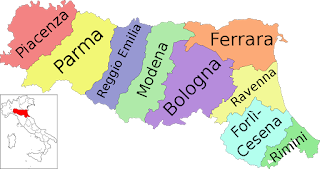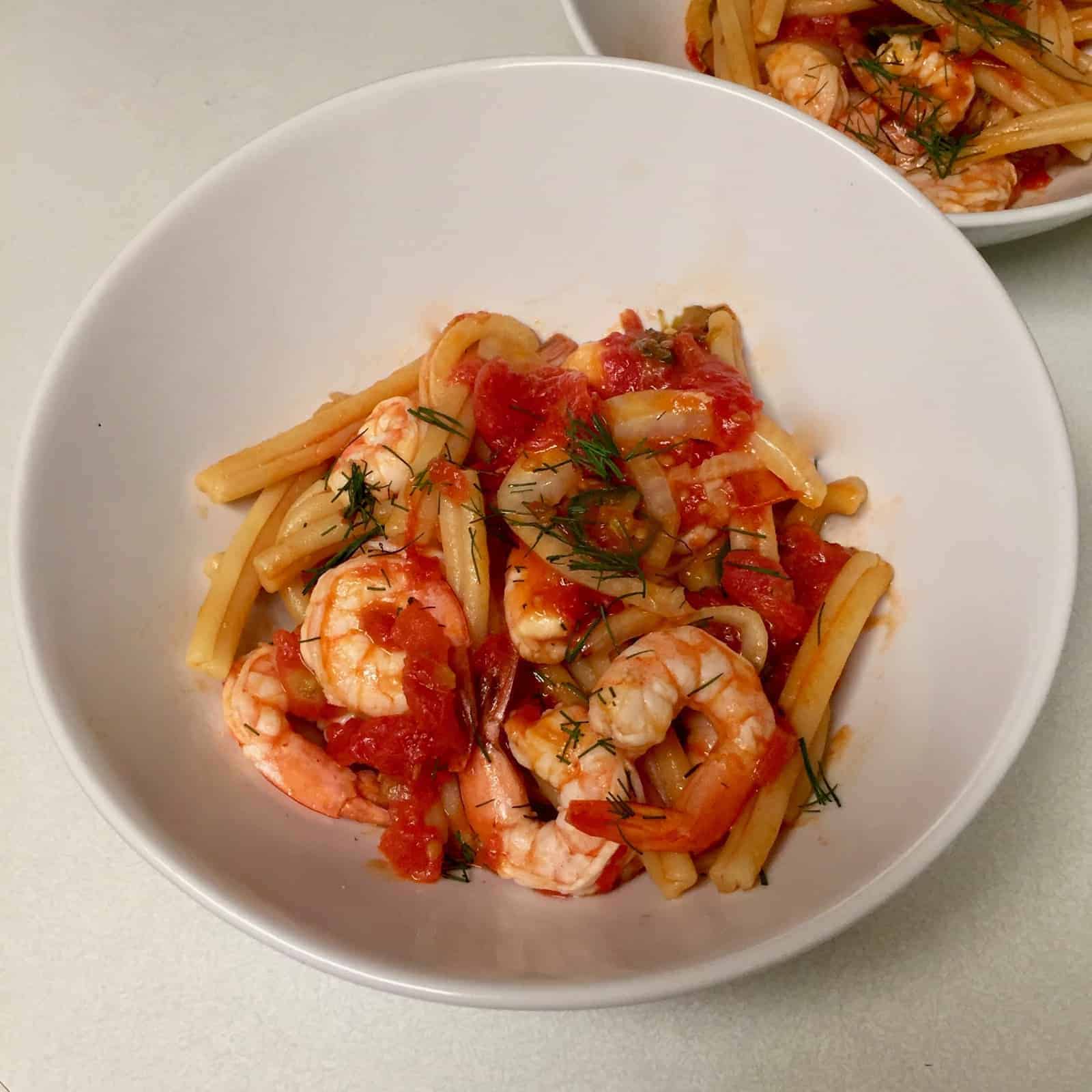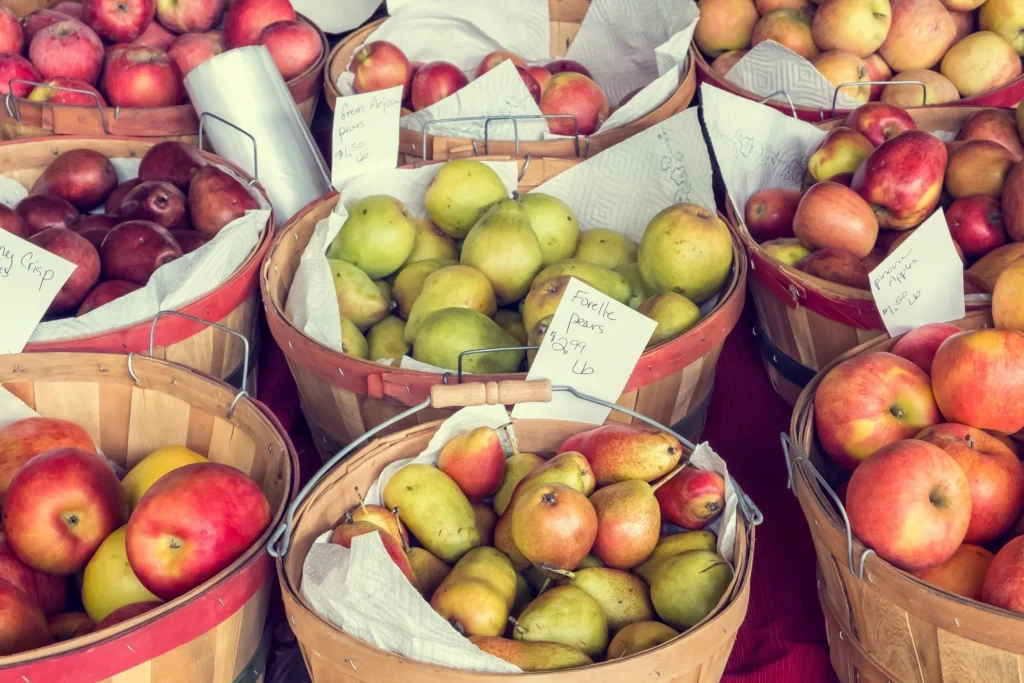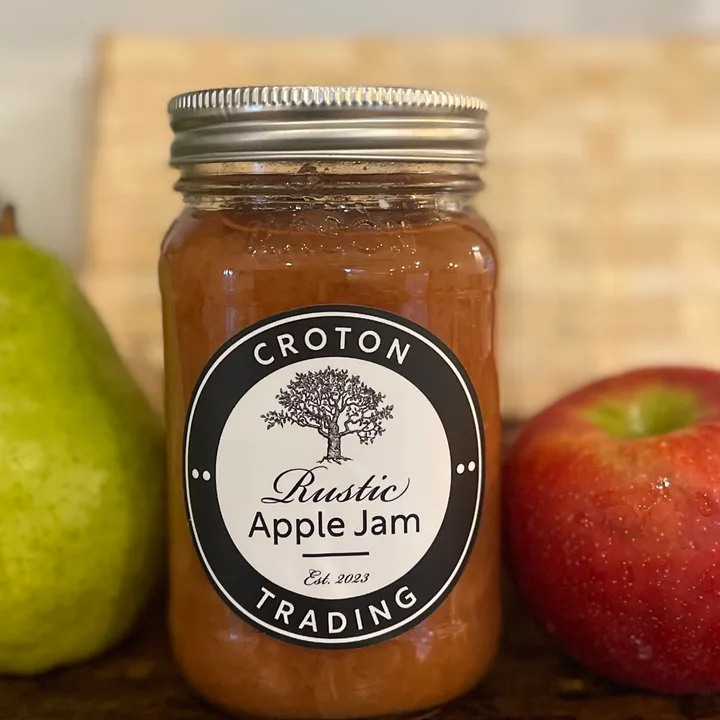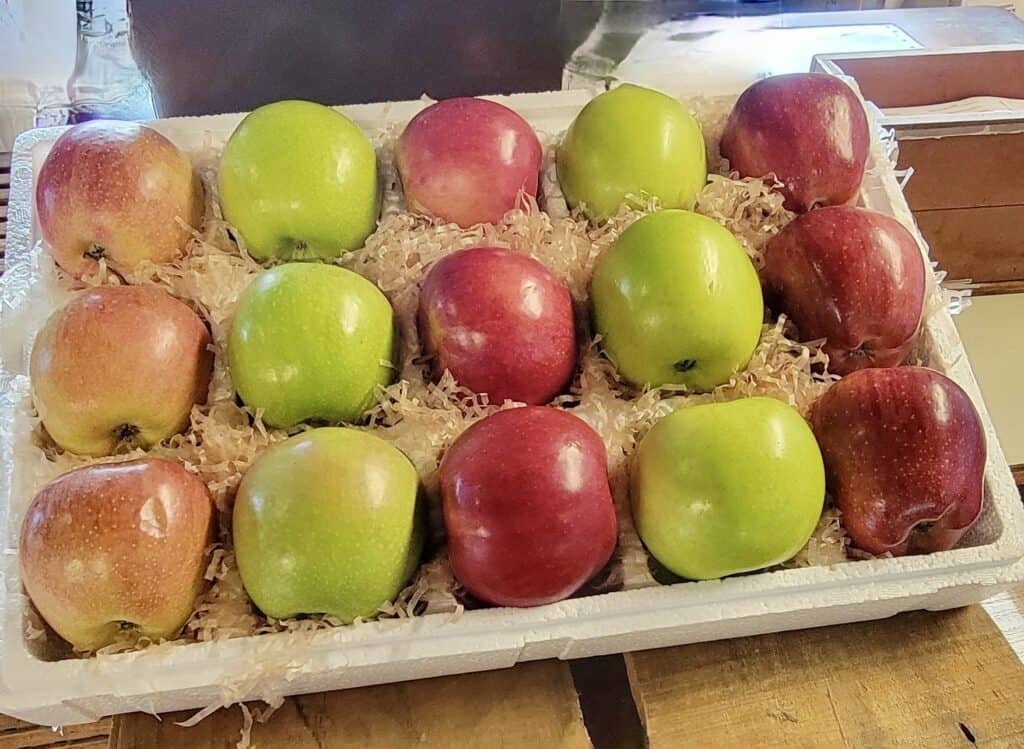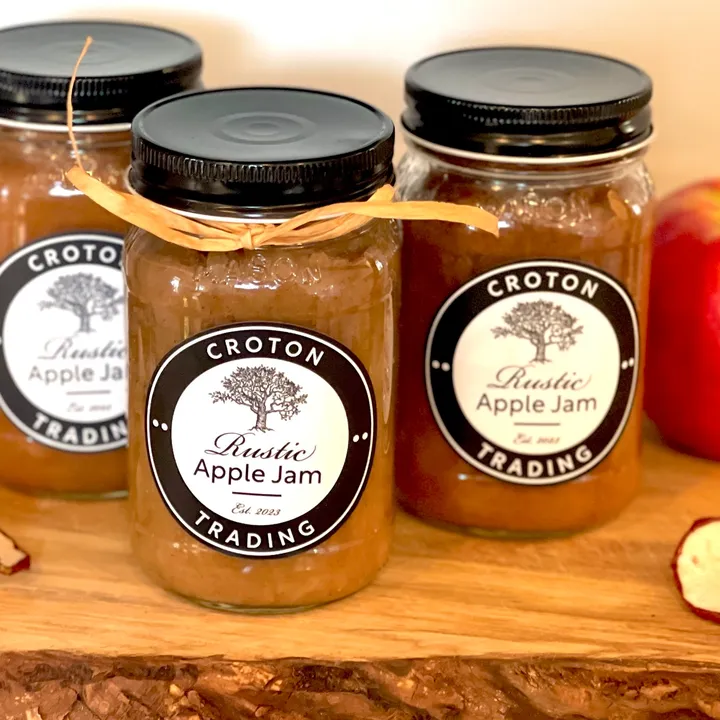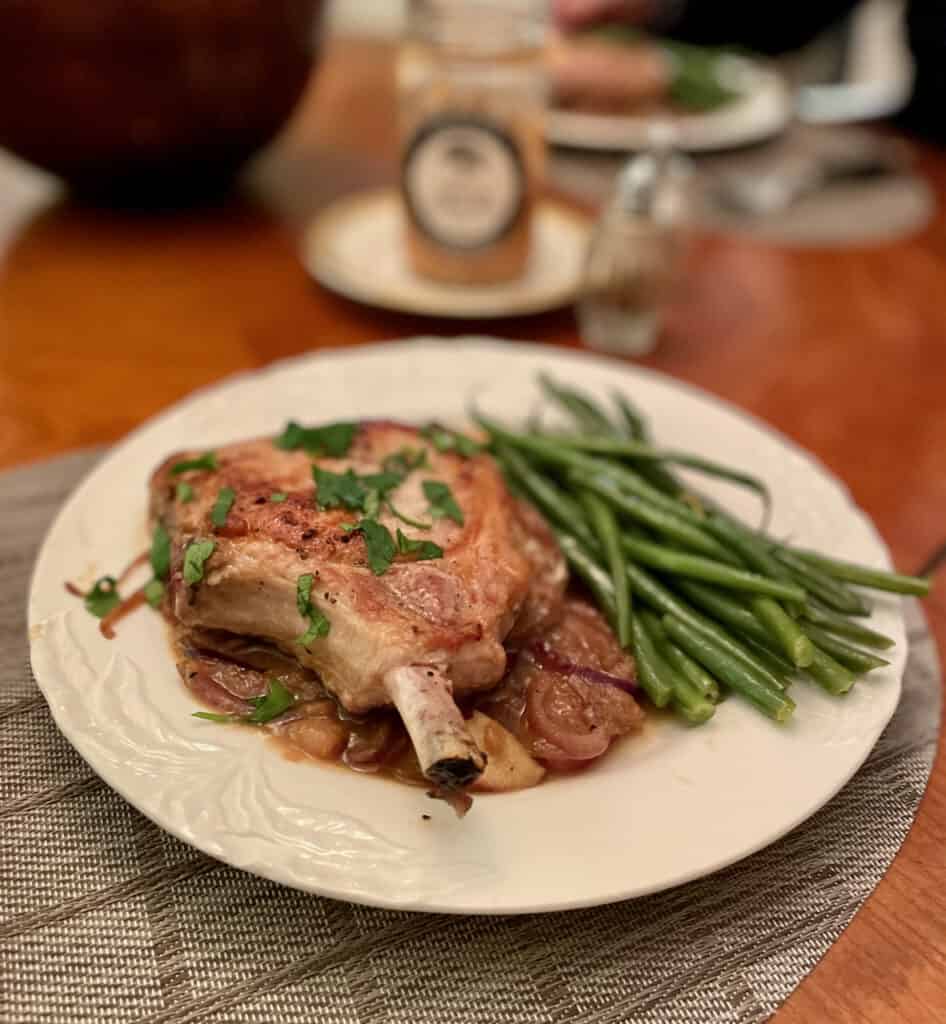The bad news is the headlines about shrimp farms around the world. You’ll read about everything from polluted waters and abusive labor practices to questionable chemical preservatives. So I thought it might be helpful to give a brief guide in buying shrimp.
If you live on the West, East, and Gulf Coast, you’re in luck. Virtually everywhere else, shrimp is imported. 90 percent of our shrimp is. Supermarkets tend to shove the country of origin deep into the ice on the price per pound label to conceal their Chinese or Thai origins. Most shrimp there are farm-raised and that’s where the red flags are raised.
Of all the farmed shrimp brought into this country less than 2 percent is inspected by the US Department of Agriculture. So shrimp that have been treated with banned chemicals, antibiotics, and pesticides, to name a few, slip by. Local wild-caught is always the way to go. This means on the West Coast look for wild spot prawns. On the East Coast, small, sweet cold water Maine Shrimp. And on the Gulf Coast, brown shrimp and rock shrimp. In between, you will find virtually all shrimp have been previously frozen. But shrimp freeze well—far better than most fish. And they tend to be frozen right after they’re caught. In a restaurant in Indiana, I was told its shrimp were ‘fresh frozen’–An oxymoron for sure but an oddly accurate description of the process. But if you must buy farmed shrimp, look for a label that reads “Best Aquaculture Practices”. These are issued by a non-profit group called the Aquaculture Certification Council.
Now about those Priest Chokers…Strozzapreti is a traditional recipe of Romagna, the province northeast of Tuscany. Romagna is the culinary heart of Italy. Reggiano Parmigiano cheese, Parma Proscuitto Hams, and the city of Bologna with its namesake Bolognese sauce all add to the region’s reputation. Strozzapreti date a very long time back. They are mentioned in texts from the 14 th century. Romagna has a very long and complicated history with the Roman Catholic Church. Romagna was “given” to a 7th Century pope. This created a centuries-long conflict that only ended in 1278 when it was left to the reigning Pope. Precisely when the Romagnoli lost their tempers with the Church is unclear. There were many rebellions against the Church led by powerful families. They were finally defeated by Pope Alexander VI, better known to American TV audiences are the Borgia pope who fathered Lucretia and nine other illegitimate children. But the animosity only increased. That’s where we come to Strozzapreti. Of course, this being Italy, there’s more than one legend surrounding the pasta.
One goes back to the custom of the women of Romagna preparing this particular pasta when their local parish priest came to call. Their anti-clerical husbands, stereotyping the priests as heavy eaters, wished they would choke on their pasta. A second version of the story posits that the dish was offered to the priests who were so taken with it, they ate too quickly, choking themselves, sometimes to death. And the third and final version is a far less picturesque version. The pasta is shaped like a clerical collar commonly call a Priest’s Choker. But there’s little or no question that the name mirrors the long-standing animosity to the Church in both Tuscany and Romagna. All that being said, as long as you don’t eat this marvelous dish too fast, I doubt you will choke on it. And I know you will love it. Here is the recipe:
Recipe for Shrimp with Spicy Tomato Sauce and Strozzopreti.
Serves 4. Takes no more than 30 minutes to make.
1 (28-ounce) can whole peeled tomatoes, preferably Red Pack, drained
1/3 cup olive oil, plus more for drizzling
1/2 medium fennel bulb, fronds reserved, core removed, bulb thinly sliced
8 garlic cloves, smashed
1 Serrano chile or green chile of your choice, very thinly sliced, divided
1/4 cup dry white wine
12 ounces strozzapreti pasta
Kosher salt
1 pound shrimp peeled, deveined, with tails left on for flavor.
2 tablespoons unsalted butter
1. Set a fine-mesh sieve over a medium bowl. Working over sieve, squeeze tomatoes to release juices and break up flesh. Let tomatoes drain in sieve, collecting juices in bowl, until ready to use.
2. Heat 1/3 cup oil in a large Dutch oven or other heavy pot over medium. Cook fennel, garlic, and half of chile, stirring often, until garlic is golden and fennel is starting to brown around the edges, 5–8 minutes. Transfer fennel mixture with a slotted spoon to a small bowl.
3. Increase heat to high; cook drained tomatoes in same pot, stirring occasionally, until broken down and starting to brown, about 5 minutes. Add wine, scraping up browned bits, and cook until almost completely evaporated, about 1 minute. Add fennel mixture and collected tomato juices, bring to a simmer, and cook, stirring occasionally, until slightly thickened, 5–10 minutes.
Meanwhile, cook pasta in a large pot of boiling salted water, stirring occasionally, until very al dente, about 3 minutes less than package directions.
4. Using a spider or a slotted spoon, transfer pasta to pot with sauce; add shrimp and 1/2 cup pasta cooking liquid. Cook, tossing often, until pasta is al dente and coated in sauce and shrimp are cooked through, about 3 minutes. Thin sauce with more pasta cooking liquid if needed; season with salt. Remove from heat; add butter and toss to combine. Season with more salt if needed.
5. Divide pasta among bowls. Top with fennel fronds and remaining chile and drizzle with oil.
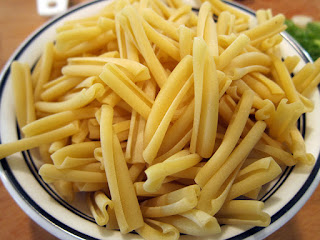 What cook doesn’t love Shrimp? They are such an obliging partner in the kitchen. They not only cook in all of three minutes but they turn pink and opaque to tell you they’re done. They’re wildly popular—in fact, they’re by far the most popular of all seafood in this country. Here they live up to their promise of speed in a dish that pairs shrimp with a spicy tomato sauce, ribbons of fennel, chiles that let you control the heat, and Strozzapreti, one of my favorite kinds of pasta of all time. And why is it a favorite? Because it translates into English as “Priest Choker”. Andrew pointed out that Strozzapreti isn’t the backbone of the dish and that you could substitute pretty much any tubular pasta from Gemelli to Rigatoni or Penne Rigate. While that’s true, the writer in me just couldn’t wait to dive into the story of Strozzapreti and so, in the middle of last week’s Nor’Easter, I trudged 6 blocks to the Supermarket. There, in the specialty pasta section, I found my Strozzapreti and the basis for this post. But first off, let’s talk about Shrimp which is a good news/bad news story if there ever was one.
What cook doesn’t love Shrimp? They are such an obliging partner in the kitchen. They not only cook in all of three minutes but they turn pink and opaque to tell you they’re done. They’re wildly popular—in fact, they’re by far the most popular of all seafood in this country. Here they live up to their promise of speed in a dish that pairs shrimp with a spicy tomato sauce, ribbons of fennel, chiles that let you control the heat, and Strozzapreti, one of my favorite kinds of pasta of all time. And why is it a favorite? Because it translates into English as “Priest Choker”. Andrew pointed out that Strozzapreti isn’t the backbone of the dish and that you could substitute pretty much any tubular pasta from Gemelli to Rigatoni or Penne Rigate. While that’s true, the writer in me just couldn’t wait to dive into the story of Strozzapreti and so, in the middle of last week’s Nor’Easter, I trudged 6 blocks to the Supermarket. There, in the specialty pasta section, I found my Strozzapreti and the basis for this post. But first off, let’s talk about Shrimp which is a good news/bad news story if there ever was one. If you pay any attention to the Food press, you may have picked up on stories about the worldwide state of Shrimp. In the US, per person, we eat 4.1 lbs of shrimp a year. It’s wildly versatile. You can grill it, smoke it, boil it, sauté it, fry it or stew it. Wherever it’s available in countries from South Africa to Denmark, you’ll find local recipes for Shrimp. It’s full of protein—18 grams in a 3 ounce serving. It’s sweet, fresh and firm. That’s the good news.
If you pay any attention to the Food press, you may have picked up on stories about the worldwide state of Shrimp. In the US, per person, we eat 4.1 lbs of shrimp a year. It’s wildly versatile. You can grill it, smoke it, boil it, sauté it, fry it or stew it. Wherever it’s available in countries from South Africa to Denmark, you’ll find local recipes for Shrimp. It’s full of protein—18 grams in a 3 ounce serving. It’s sweet, fresh and firm. That’s the good news.